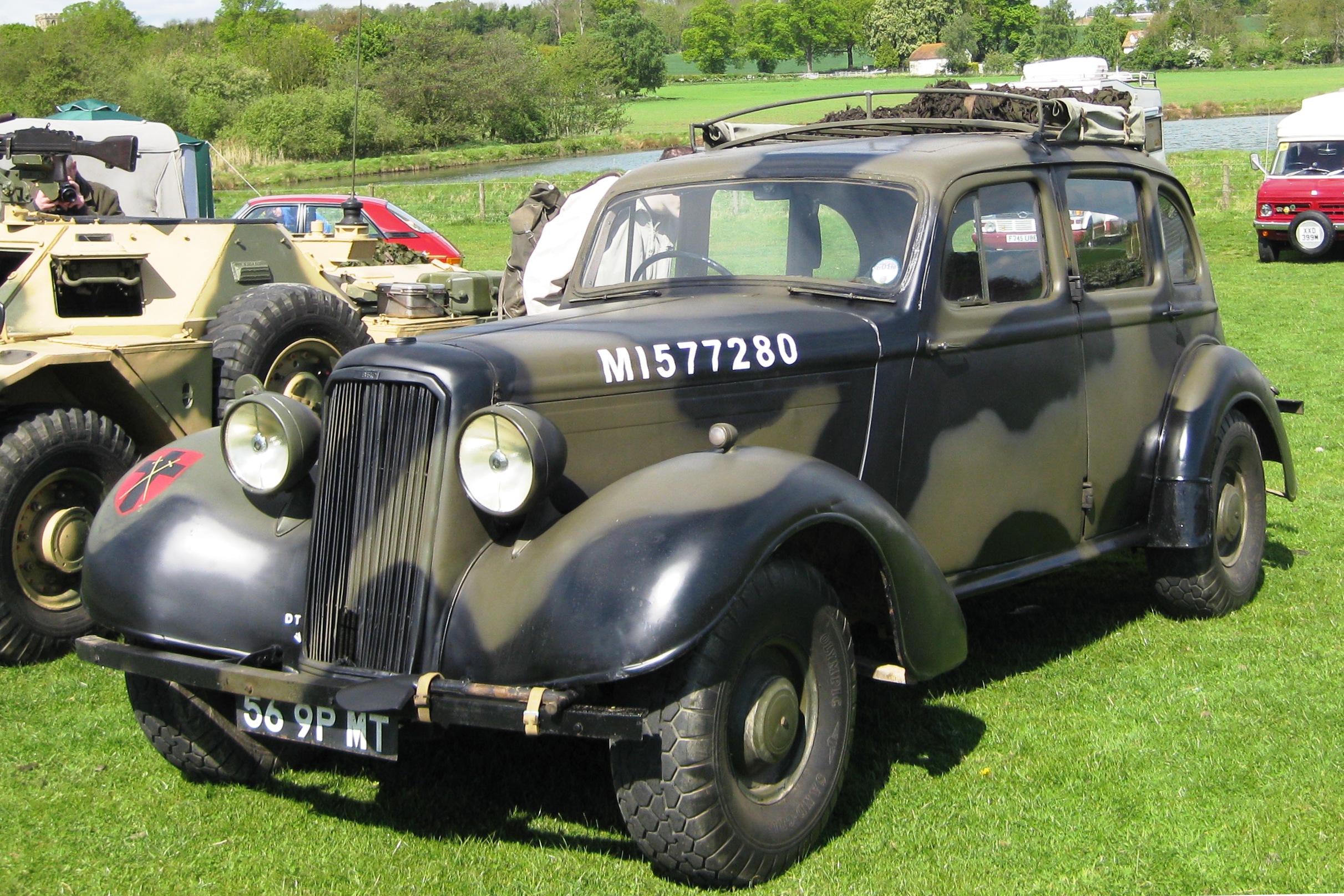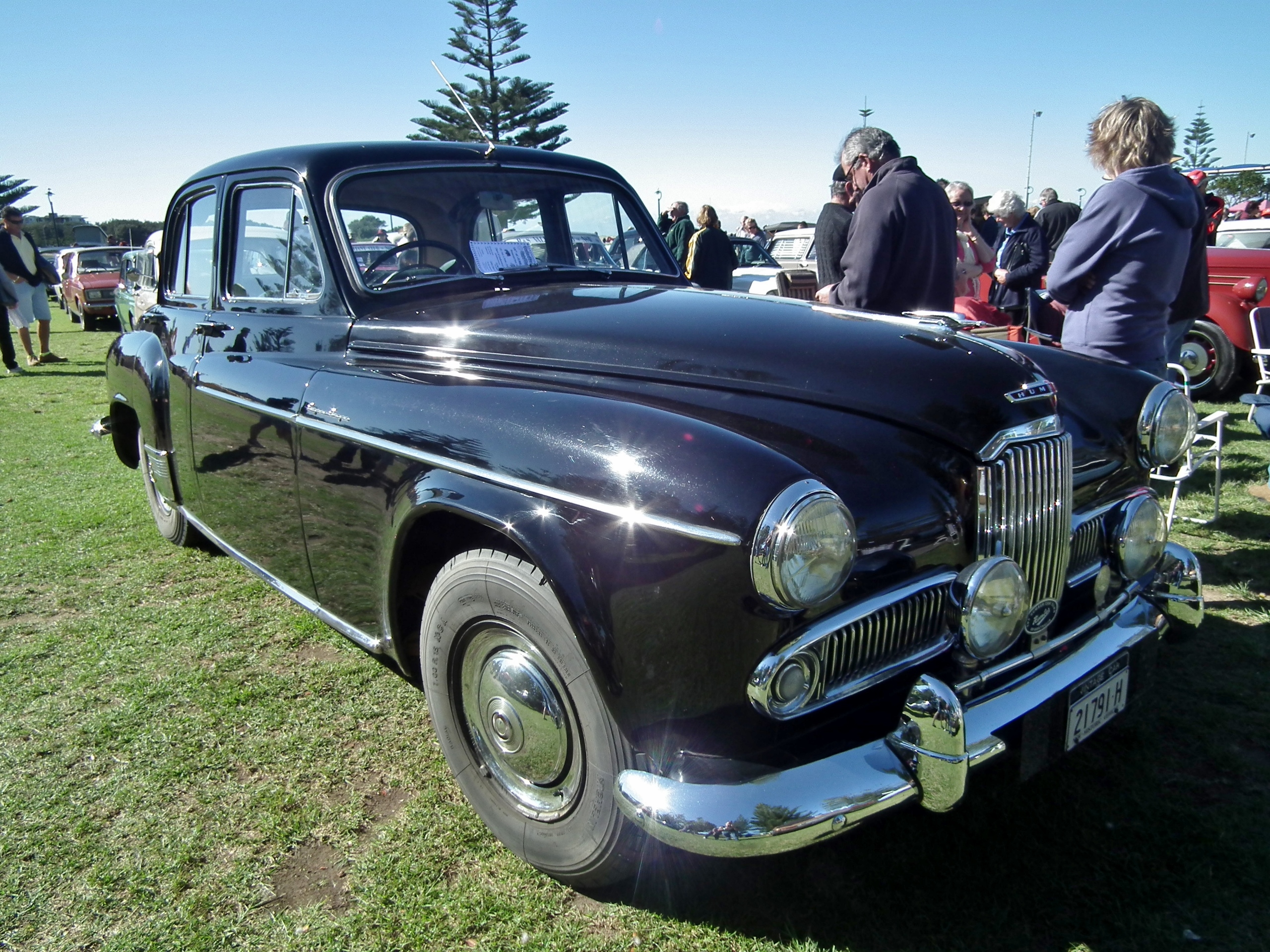| Humber Super Snipe | |
|---|---|
 | |
| Overview | |
| Production | 1938–1940 1500 (approx) made[2] |
| Body and chassis | |
| Body style |
|
| Powertrain | |
| Engine | 4086 cc Straight-6 side valve |
| Dimensions | |
| Wheelbase | 114 in (2,896 mm)[3] |
| Length | 175 in (4,445 mm) |
| Width | 70 in (1,778 mm) |
| Chronology | |
| Predecessor | Humber Snipe |
The Super Snipe was introduced in October 1938, derived by combining the four-litre inline six-cylinder engine from the larger Humber Pullman with the chassis and body of the Humber Snipe, normally powered by a three-litre engine. The result was a car of enhanced performance and a top speed of 79 mph (127 km/h) —fast for its day.[3] Its design was contributed to by American engine genius Delmar "Barney" Roos who left a successful career at Studebaker to join Rootes in 1936.[4]: p247
The Super Snipe was marketed to upper-middle-class managers, professional people and government officials. It was relatively low-priced for its large size and performance, and was similar to American cars in appearance and concept, and in providing value for money.
Within a year of introduction, World War II broke out in Europe but the car continued in production as a British military staff car, the Car, 4-seater, 4x2, while the same chassis was used for an armoured reconnaissance vehicle, the Humber Light Reconnaissance Car.

_car.jpeg)



No comments:
Post a Comment